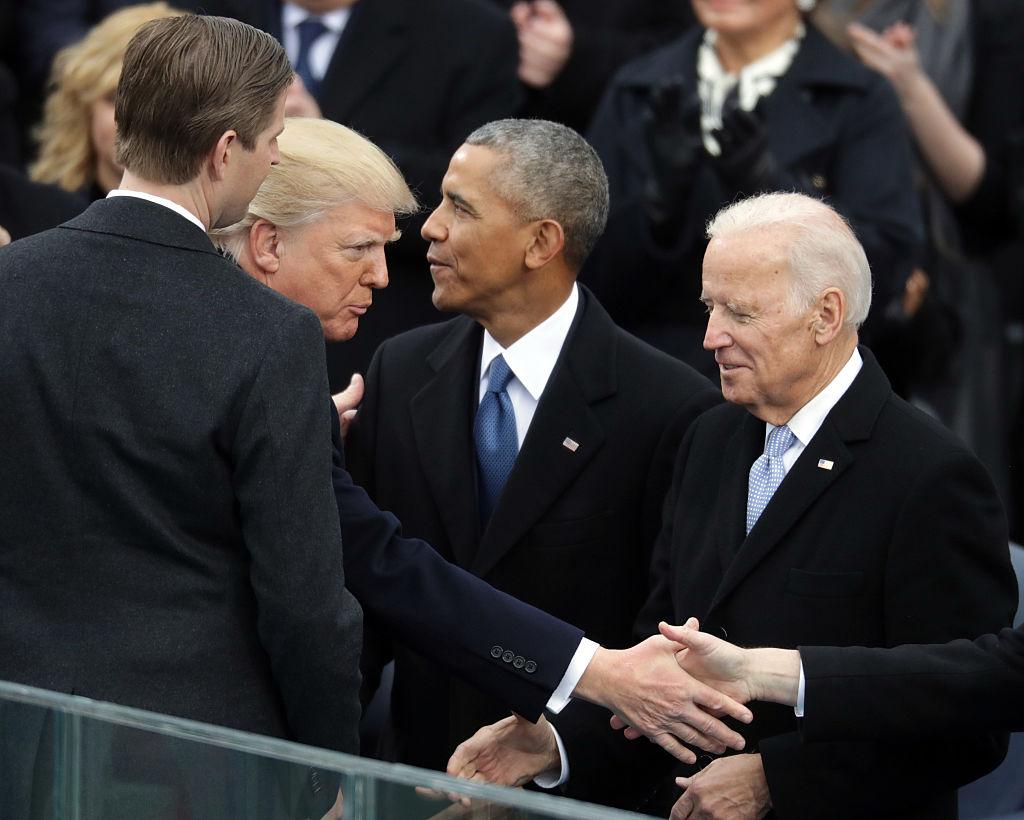

All campaigns make refunds for various reasons, including to people who give more than the legal limit. In the final two and a half months of 2020, the Trump campaign, the Republican National Committee and their shared accounts issued more than 530,000 refunds worth $64.3 million to online donors. The sheer magnitude of the money involved is staggering for politics. I can’t afford to pay all that damn money.”

It recurred seven more times - adding up to almost $8,000. “Bandits!” said Victor Amelino, a 78-year-old Californian, who made a $990 online donation to Mr. Soon, banks and credit card companies were inundated with fraud complaints from the president’s own supporters about donations they had not intended to make, sometimes for thousands of dollars. The tactic ensnared scores of unsuspecting Trump loyalists - retirees, military veterans, nurses and even experienced political operatives.

Eventually its solicitations featured lines of text in bold and capital letters that overwhelmed the opt-out language. It introduced a second prechecked box, known internally as a “money bomb,” that doubled a person’s contribution. Facing a cash crunch and getting badly outspent by the Democrats, the campaign had begun last September to set up recurring donations by default for online donors, for every week until the election.Ĭontributors had to wade through a fine-print disclaimer and manually uncheck a box to opt out.Īs the election neared, the Trump team made that disclaimer increasingly opaque, an investigation by The New York Times showed. “It felt,” Russell said, “like it was a scam.”īut what the Blatts believed was duplicity was actually an intentional scheme to boost revenues by the Trump campaign and the for-profit company that processed its online donations, WinRed. They called their bank and said they thought they were victims of fraud. What the Blatts soon discovered was $3,000 in withdrawals by the Trump campaign in less than 30 days. When his utility and rent payments bounced, he called his brother, Russell, for help. Blatt’s bank account had been depleted and frozen. Another $500 was withdrawn the next day, then $500 the next week and every week through mid-October, without his knowledge - until Mr. But that single contribution - federal records show it was his first ever - quickly multiplied. It was a big sum for a 63-year-old battling cancer and living in Kansas City on less than $1,000 per month. Trump’s campaign needed money when he went online and chipped in everything he could: $500. Stacy Blatt was in hospice care last September listening to Rush Limbaugh’s dire warnings about how badly Donald J.


 0 kommentar(er)
0 kommentar(er)
